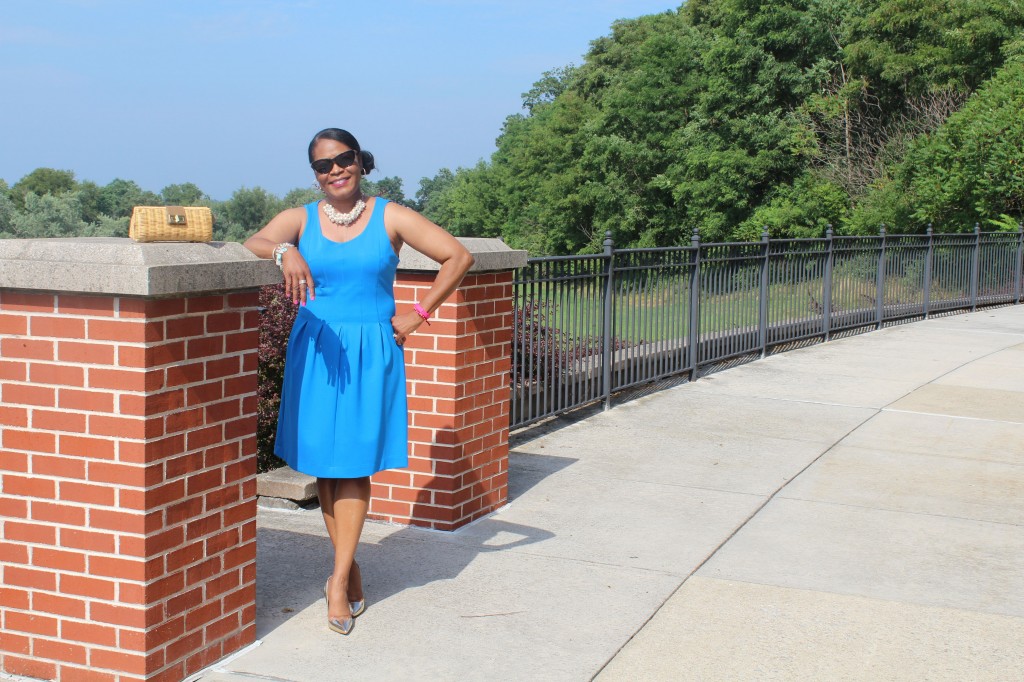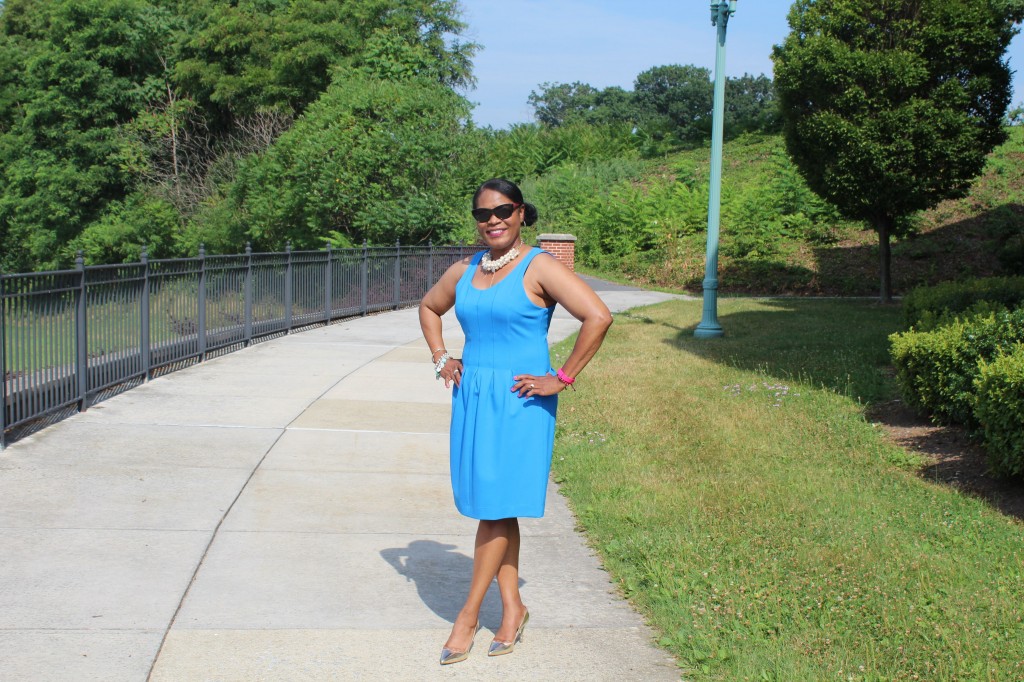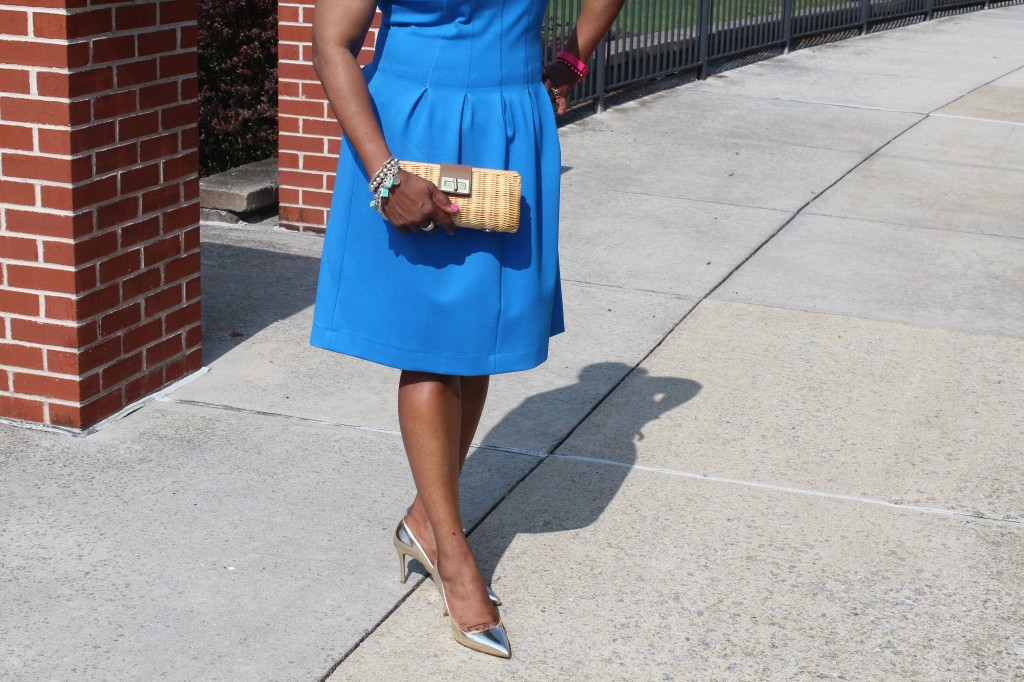
It’s Summertime
Since I launched Age of Grace, I have been singing about the importance of protecting your skin in several articles. First, skin protection from ultraviolet (UV) radiation, reminding you that it is important all year round, not just during the summer or at the beach. Secondly, my new beauty regimen – dry skin brushing that removes toxins from the body, and lastly, my personal story about controlling my ashy skin. Now it’s summertime, and one great thing is the extended hours of sunshine, but with those supplemental hours of rays come additional UV rays upon one’s skin.

July is National Skin Cancer Awareness Month, and UV Safety Month is on another health awareness calendar. No matter which calendar you follow, it makes sense to once again focus on the sunny side of skin care. Ladies and a few gents, if you remember nothing else about skin care, please know that unprotected exposure to the sun causes wrinkles and prolonged unprotected exposure to skin cancer. Bad enough that we lose elasticity in our skin muscles, so who wants to contribute to a faster downfall by not using sun protection factor (SPF.)
Skin cancer is the most common type of cancer in the United States. Ultraviolet (UV) rays from the sun are the leading cause of skin cancer. UV damage can also cause wrinkles and blocky skin.

Because of the staggering statistics and the prevalence of skin cancer, the Food and Drug Administration (FDA) back in December 2012 provided updated guidelines to help consumers select and use sunscreens appropriately; the final regulations include these additional labeling provisions:
- Sunscreen products that are not broad spectrum or that are broad spectrum with SPF values from 2 to 14 will be labeled with a warning that reads: “Skin Cancer/Skin Aging Alert: Spending time in the sun increases your risk of skin cancer and early skin aging. This product has been shown only to help prevent sunburn, not skin cancer or early skin aging.”
- Based on standard testing, water resistance claims on the product front label must tell how much time a user can expect to get the declared SPF level of protection while swimming or sweating. Two times will be permitted on labels: 40 minutes or 80 minutes.
- Manufacturers cannot claim sunscreens are “waterproof” or identify their products as “sunblocks.” Also, sunscreens cannot claim protection immediately on application (for example, “instant protection”) or for more than two hours without reapplication unless they submit data and get approval from the FDA.

FDA new regulations with sunscreens
Not only am I doing my part to raise awareness of skin cancer and reduce the risk of UV damage, but J. Crew has also jumped on board to promote sun safety; for every tweet or Instagram tagged with # jcrewsmartsun, J. Crew will donate $1 to Melanoma Research.
My main focus is not for those going to the beach but for coverage to protect your skin every day, regardless of sunshine or not. There is a plethora of sun care products available. The best protection is a broad spectrum, which includes UVA and UVB protection. Check out the following products for everyday protection in your foundation if you wear them. Since my job requires me to be outside daily, I use La Roche-Posay 50+; it’s light and non-greasy and works well with my oily skin.



Since it’s summertime, take the necessary basic steps every day to protect your skin and reduce your risk of skin cancer:
- Stay out of the sun between 10 a.m. and 4 p.m.
- Wear clothing that covers arms and legs
- Use sunscreen with SPF 15 or higher and both UVA and UVB protection
- Wear a hat
- Wear sunglasses that wrap around and block UVA and UVB rays
- Avoid indoor tanning
- Check your skin regularly for changes.
It’s summertime, enjoy the sun but be wise, safe and protect yourself and others.
